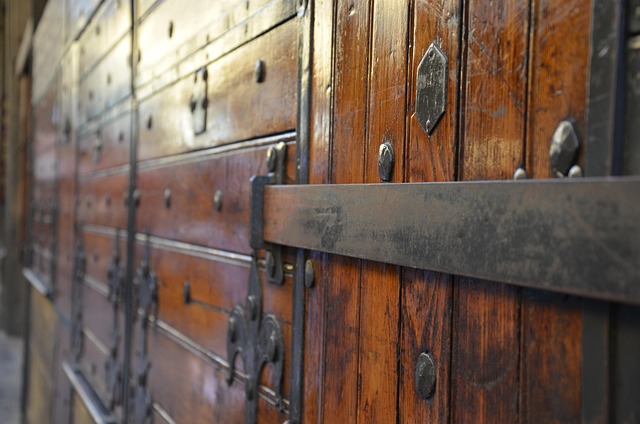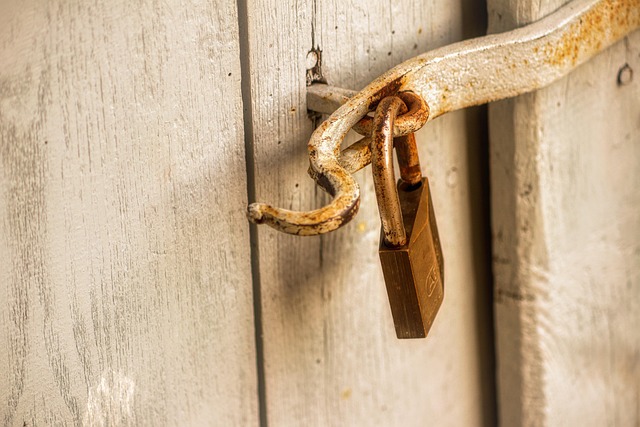Fire and carbon monoxide pose hidden dangers in homes, highlighting the critical need for proactive safety measures. Investing in fire and carbon monoxide detectors is essential for home security for families. These devices provide early warnings through alarms, allowing time for evacuation during emergencies. Regular testing and battery replacement ensure their reliability, offering peace of mind by safeguarding against invisible threats like CO gas.
Ensuring the safety of your family at home is paramount, and fire and carbon monoxide (CO) detectors play a pivotal role in achieving this. These silent guardians offer invaluable protection against two distinct yet life-threatening hazards. Understanding the risks and knowing how to choose, install, maintain, and test these devices is essential for any parent or caregiver. This guide provides comprehensive insights into home security for families through fire and CO detectors, empowering you to create a safer environment.
- Understanding Fire and Carbon Monoxide Risks in the Home
- Types of Detectors: What to Look For
- Installing and Maintaining Your Detectors Effectively
- Regular Testing and Battery Replacement: Ensuring Continuity
Understanding Fire and Carbon Monoxide Risks in the Home

Fire and carbon monoxide pose significant risks within the home, underscoring the importance of proactive measures in safeguarding family security. While fire, often visible through smoke or flames, is readily identifiable, carbon monoxide, an invisible gas, can be deadly. It’s produced by the incomplete combustion of common household fuels like natural gas, oil, wood, and charcoal. Since it’s colorless, odorless, and non-irritating, carbon monoxide can sneak into homes undetected, leading to severe health issues or even fatalities during sleep.
Investing in reliable fire and carbon monoxide detectors is a crucial step in enhancing home security for families. These devices serve as early warning systems, alerting occupants to potential dangers. Modern detectors are equipped with sensitive alarms that activate promptly upon detecting smoke or elevated levels of carbon monoxide, providing precious time for evacuation and emergency response. Regular maintenance and testing ensure their optimal performance when it matters most.
Types of Detectors: What to Look For

When it comes to safeguarding your family’s home, investing in reliable fire and carbon monoxide (CO) detectors is a must. These essential devices serve as early warning systems, providing crucial time for evacuation during emergencies. In terms of home security for families, understanding the types and features of these detectors is key.
Fire detectors typically use either ionization or photoelectric technology. Ionization detectors are more sensitive to fast-burning fires, while photoelectric models are better at detecting slow-burning or smoldering fires. For comprehensive protection, many experts recommend installing both types interlinked in a home security system. As for CO detectors, look for devices with digital displays showing CO levels and alarm history. Ensure they have long-life batteries and are certified by reputable safety organizations to guarantee their reliability and efficacy in safeguarding your family’s peace of mind.
Installing and Maintaining Your Detectors Effectively

Installing and maintaining fire and carbon monoxide detectors is a vital aspect of ensuring home security for families. Place them strategically throughout your home, typically on every level and outside sleeping areas. Test detectors regularly to ensure they’re functioning properly; most have a test button or a battery-check indicator. Replace batteries at least once a year or when detectors beep, indicating low battery power. Regular maintenance is key; clean the detectors gently to avoid damaging them and prevent false alarms.
Remember that proper placement and consistent care extend the life of these essential safety devices, providing peace of mind for your family. A well-maintained detector can quickly warn you of potential hazards, allowing you to take immediate action during emergencies.
Regular Testing and Battery Replacement: Ensuring Continuity

Regular testing and battery replacement are essential components of maintaining optimal home security for families. Fire and carbon monoxide detectors, like any other critical safety system, require routine care to ensure their reliability. Testing these devices on a monthly basis helps verify their functionality, confirming they will alert you in the event of an emergency.
Battery replacement is equally vital. Most detectors use 9V batteries that should be replaced every year or two, depending on the model. Using fresh batteries guarantees consistent performance and ensures your family stays protected. It’s a simple yet effective step that can make all the difference in emergency situations.
Protecting your family’s home security involves being proactive about potential hazards. By understanding fire and carbon monoxide risks, selecting the right detectors, installing them correctly, and maintaining them properly with regular testing and battery replacement, you can ensure continuous monitoring for both life-threatening gases and flames. These simple yet vital steps contribute to a safer home environment for families.
